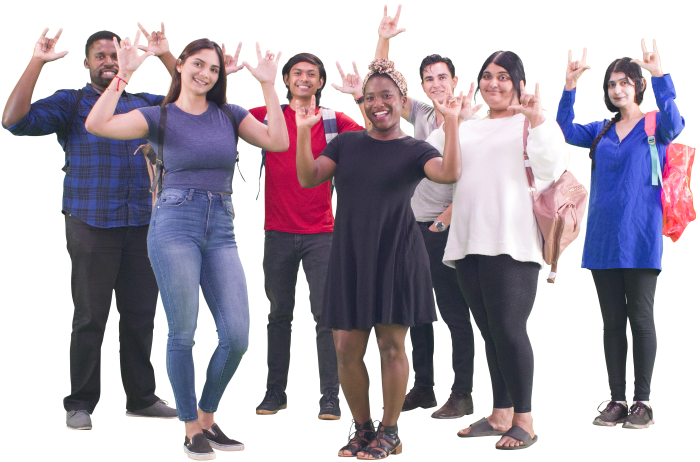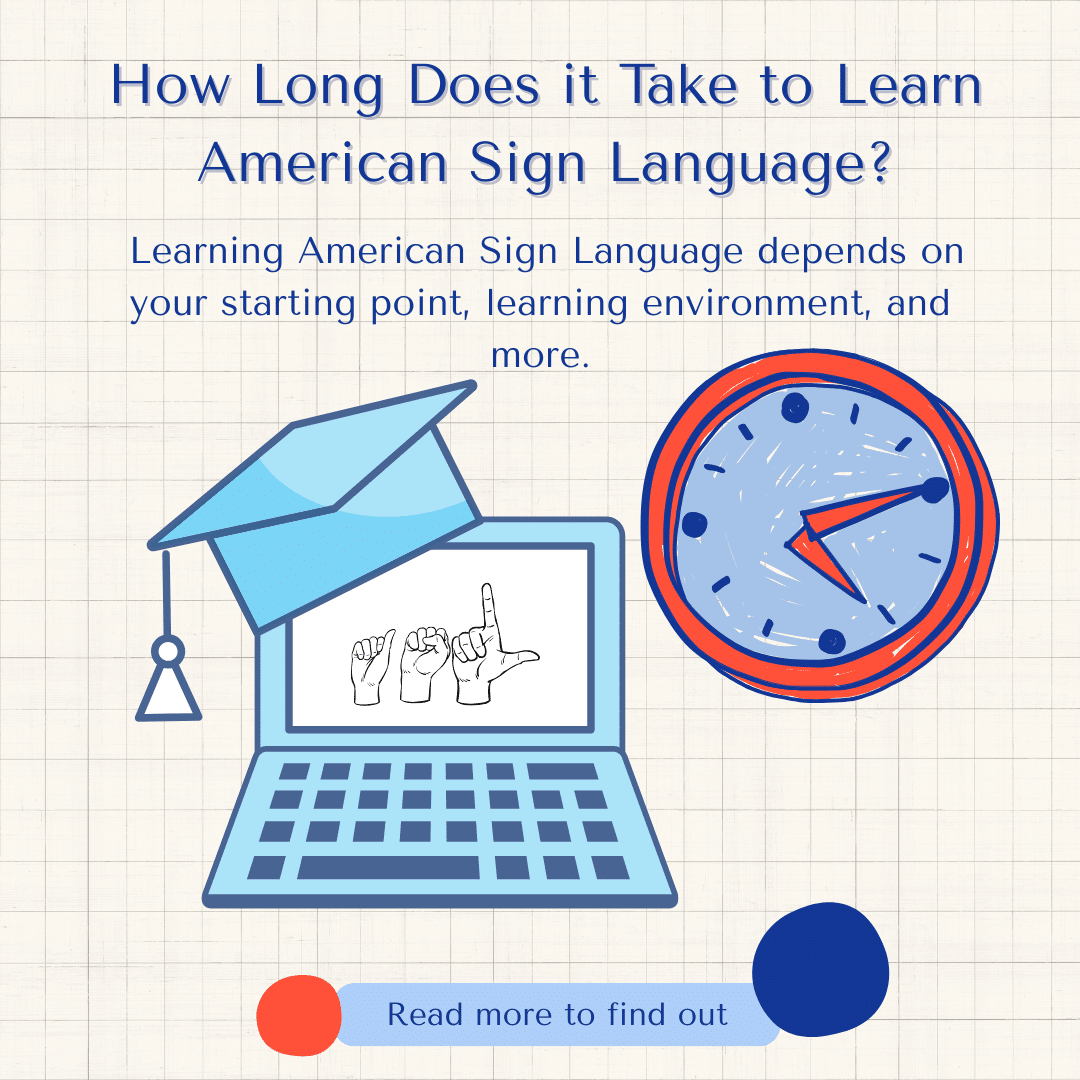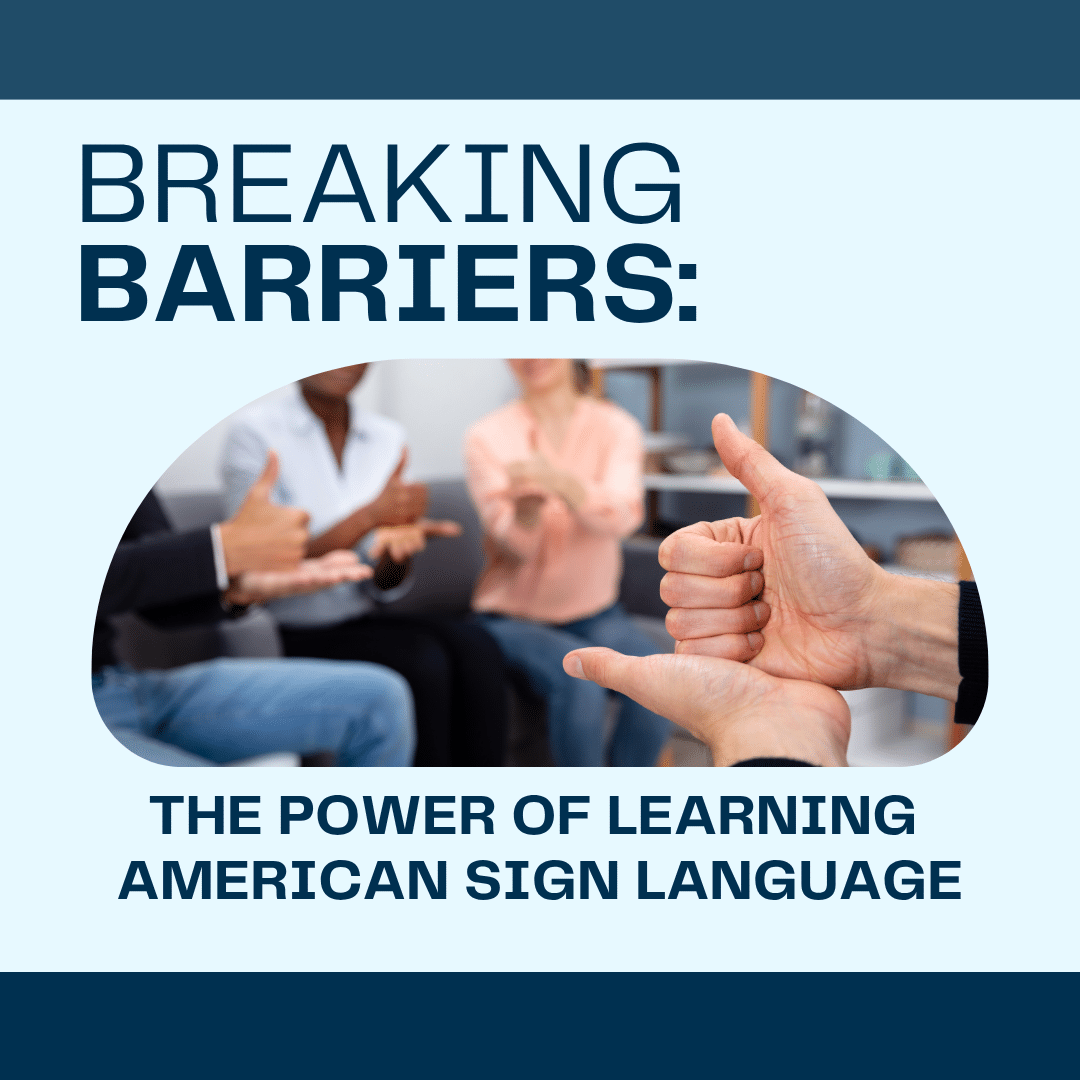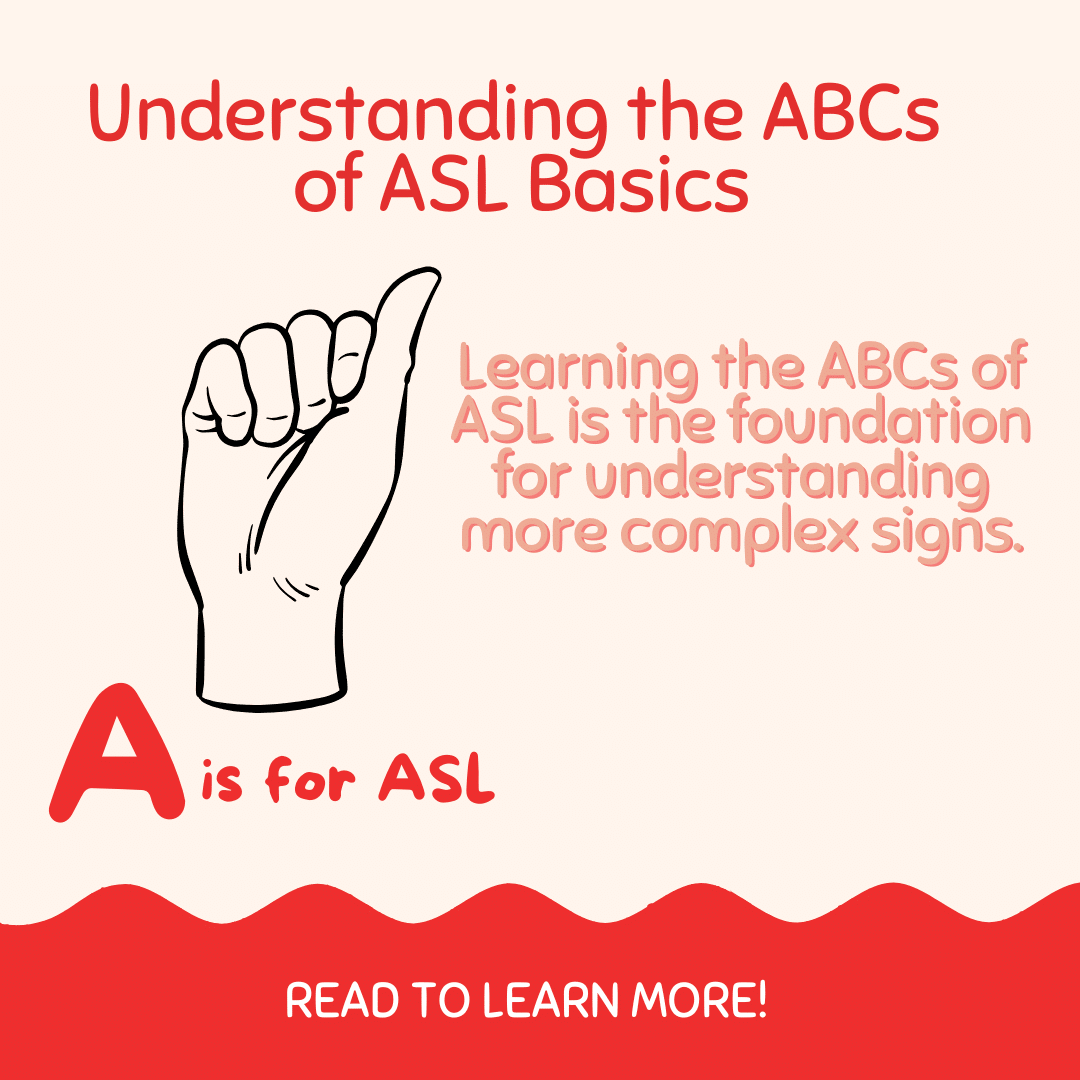
Online Sign Language: ASL 4 – Unit 2 Sample
In this unit sample of our online sign language course, you will learn about how to sign about health and hearing loss.
Conversation 4.2
Read this outline, and then watch the conversation in action in the video below.
B: KNOW THAT ME HAVE fs-SENSORINEURAL HEARING-LOSS AND ME HAVE COCHLEAR-IMPLANT fs-CI
I have sensorineural hearing loss and a cochlear implant.
A: OH-I-SEE. WHAT fs-CI? WHAT fs-SN HEARING-LOSS WHAT?
I see. What is a CI? What is a sensorineural loss?
B: fs-SN HEARING-LOSS THAT WHERE INNER EAR CL:5(nerve cells) THAT ME MATCH COCHLEAR-IMPLANT fs-CI HEAR
Sensorineural loss means my inner ear is where the hearing loss is. This type of hearing loss allowed me to get a cochlear implant to help me hear.
A: OH-I-SEE REALLY ME don’t-KNOW THAT THANK-YOU FOR INFORM-me. THAT WHY YOU NOT SIGN YOU?
I see. I did not know that. Thank you for informing me. Is that why you don’t sign?
B: MY PARENTS THEY HEARING THEY NEVER TEACH-me SIGN
My parents are hearing and never taught me sign language.
A: OH-I-SEE
Oh I see.
Conversation 4.2 Explained
B: fs-SN HEARING-LOSS THAT WHERE INNER EAR CL:5(nerve cells) THAT ME MATCH COCHLEAR-IMPLANT fs-CI HEAR
Sensorineural loss means my inner ear is where the hearing loss is. This type of hearing loss allowed me to get a cochlear implant to help me hear.
Signer B shows an example here of how to sign about hearing loss in ASL. You will learn more about this in this unit. Even though many Deaf people do not identify themselves with their hearing loss and never discuss it, there are many that do and will explain their condition, level of hearing loss, and more.
Signer B also uses the English sign for “I” twice in this sentence which is the I-handshape against her chest. While this is not correct ASL, it is a sign you will probably see frequently used by signers who use more English-based signs.
B: MY PARENTS THEY HEARING THEY NEVER TEACH-me SIGN
My parents are hearing and never taught me sign language.
This is very common in the Deaf community. 90% of deaf children have hearing parents and they are brought up using speech along with hearing aids and/or cochlear implants instead of ASL. In Deaf Culture, this is not the ideal way to bring up a deaf child, but it is all too common.
Take Our Free ASL 1 Course
This unit is just a sample of our complete course where you can learn American Sign Language quickly and easily. Enroll in our Free ASL 1 Course today!
Start Learning ASL Today!
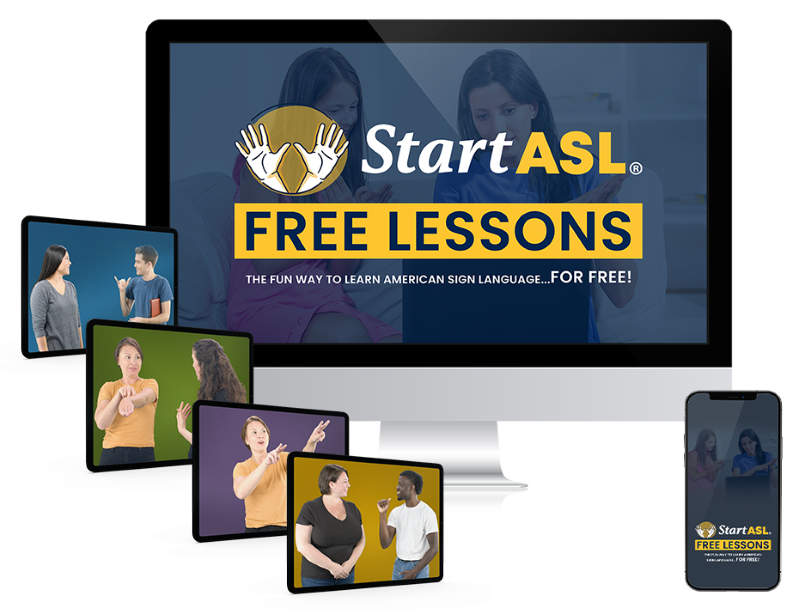 Ready to start learning real American Sign Language and not just basic signs? Do you want to be a part of the vibrant Deaf community? Check out our Free ASL 1 Course or our Complete 4-Level ASL Course options and start learning ASL today!
Ready to start learning real American Sign Language and not just basic signs? Do you want to be a part of the vibrant Deaf community? Check out our Free ASL 1 Course or our Complete 4-Level ASL Course options and start learning ASL today!
